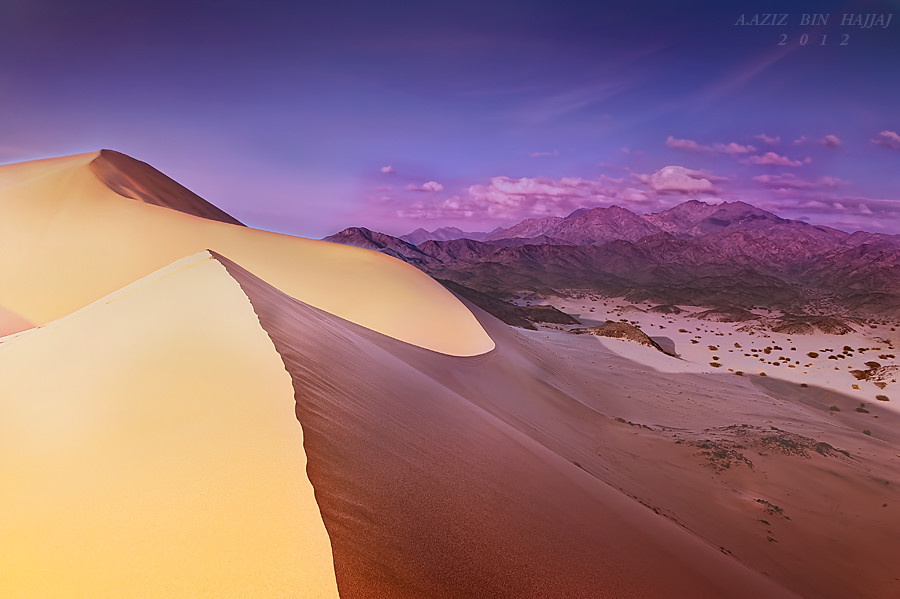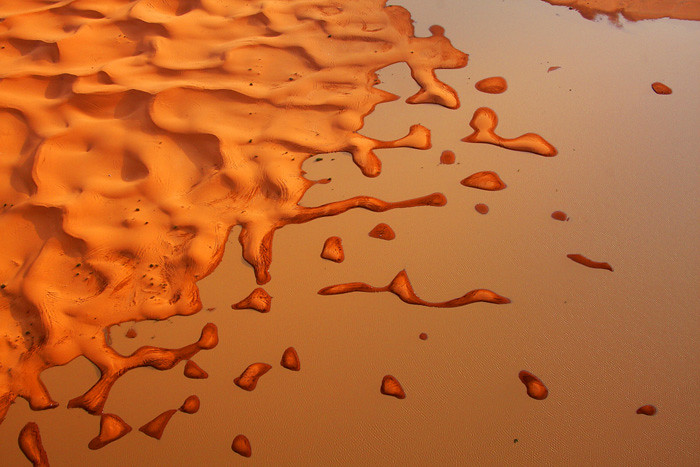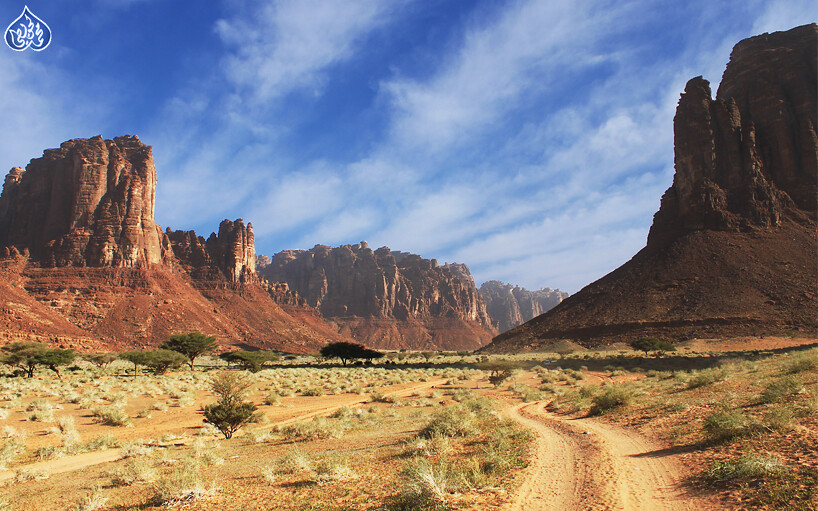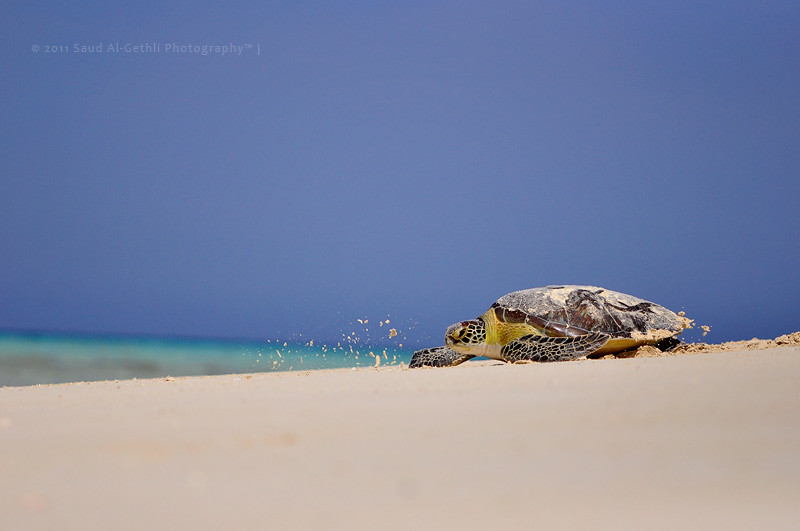Saudi Arabia has started building the world’s biggest botanical gardens
Saudi Arabia's King Abdullah International Gardens in Riyadh with include the world’s largest botanical gardens
By
Shane McGinley
Wednesday, 26 February 2014 11:13 AM
Saudi Arabia is set to lay the foundation stone for the King Abdullah International Gardens (KAIG) in Riyadh this week, with plans for the facility set to include the world’s largest botanical gardens, it was reported.
Minister of Municipal and Rural Affairs Prince Mansour Bin Miteb will perform the ceremony on Thursday at the site, which will be 2.5m square metres in size and will be one of the largest environment projects in the world, the Saudi Press Agency (SPA) reported.
The plans include two separate elements: a covered section and an open area. The covered facility, which will be the largest of its kind in the world, will include two giant botanical gardens which will be five times bigger than the world’s largest geodesic domes at the Eden Project in the UK, the Saudi Gazette reported.
The outdoor area will include an open museum for plants, seeds bank and rocky garden, while the plans will also include research institutes, retail and hospitality outlets and a theatre, it added.
The project will focus on local plant life in the Arabian Peninsula and is designed to appeal to families and tourists.
Construction is already underway, with the levelling of the site and fencing works already completed.
Saudi Arabia to build world’s biggest botanical gardens - Construction - ArabianBusiness.com
Saudi Arabia to spend $9bn developing beach for tourists
Photo for illustrative purposes only) (AFP/Getty Images)
By
Courtney Trenwith
Monday, 9 December 2013 11:51 AM
Saudi Arabia will spend SR34bn ($9bn) developing a beach on its east coast into a tourism destination, the Saudi Commission for Tourism and Antiquities (SCTA) has said.
SCTA vice president Hamad Alsimaeel said the Al Uqair Development Company had attracted SR17bn worth of investments to develop the beach, while general investment in the Al Uqair area was expected to reach SR34bn,
Arab News reported.
Tourists would begin flocking to the area, near the kingdom’s borders with Qatar and Bahrain, in early 2017.
The project will create 37,700 direct jobs and a further 56,000 indirect and seasonal jobs, Alsimaeel said.
Mayor of the area, Fahad Al Jubair, said Al Uqair’s unique environment, including beach, oases and desert, as well as cultural monuments and antiquities would attract tourists.
The nearby Al Ahsa Airport also will soon begin operating international flights, allowing it to compete for Bahraini and Qatari traffic.
The airport was given international status in 2011 and has been working on the required upgrades.
More than SR1.5bn ($400m) also is being spent on a new 300m square metre industrial city for women nearby, while the SR3.5bn Aqeer tourism project also is expected to attract new tourists to the area.
Saudi Arabia to spend $9bn developing beach for tourists - Construction - ArabianBusiness.com
Saudi Arabia opens its doors to tourism

Saudi Arabia is ramping up its tourism infrastructure in cities across the kingdom as it tries to increase tourism-related jobs.
The kingdom’s tourism industry, which is dominated by pilgrims and business travellers, has experienced a rise in religious tourists after the visa policy was relaxed. Also, a large number of Saudis are travelling domestically.
Last year, tourists to the kingdom increased 10 per cent to 16.7 million. Thirty-two million Saudis travelled within the country, a rise of 7.5 per cent, and 22.5 million Saudis travelled abroad.
“The market is developing fast and there is a demand in the quality of tourism services in Saudi Arabia that is putting pressure on the whole industry,” said Hamad Al Sheikh, the vice president of marketing and programmes at the Saudi Commission for Tourism and Antiquities.
Airlines servicing Saudi Arabia were losing out on 2 million seats a year because there was not enough capacity, he estimated.
While there are 28 regional airports in the kingdom, the government is expanding the international ones to service more passengers.
The upgrade of King Khaled International Airport in Riyadh will increase its capacity to 35 million passengers a year from about 17 million now.
The number of flights serving the secondary cities such as Qassim, Abha and Tabuk were also being increased.
Qatar Airways will start serving Saudi Arabia through Al Maha Airways, a separate domestic carrier, at the end of the year. Another Dammam-based carrier, Saudi Gulf Airlines, backed by the Abdel Hadi Al Qahtani group, will also start operations by the year-end.
“There is a demand from the younger population, and this is a major market now and for the future,” Mr Al Sheikh said. Almost half of Saudi Arabia’s population is under 20 years old. The World Bank has estimated the Saudi population at 30 million in 2012.
To service the rising number of domestic and international visitors, the kingdom needs more tour operators, Mr Al Sheikh said.
At present it has 160 tour operators which cater mostly to religious tourists.
This week, Riyadh-based Al Tayyar Travel Group acquired 70 per cent of Egypt’s Al Hanouf Tourism and Services and its subsidiary companies for 40.95m Saudi riyals (Dh40.11m). Al Hanouf Tourism facilitates the travel of 4,500 Haj and Umrah pilgrims annually in addition to handling tourists from other parts of the Gulf.
Regional councils across 13 provinces are also getting more power to outline regulations for land use, investment and project financing in tourism.
The challenge is in the secondary cities where there is seasonal demand, but these are coming up with projects for resorts, especially along the Red Sea coast, Mr Al Sheikh said.
The kingdom expects the tourism industry to employ 1.2 million by 2020. It currently employs 751,000 people, of which 27 per cent are Saudis.
“We are pushing to get more Saudis [to work] in the hotels,” Mr Al Sheikh said.
The sector contributes 75 billion riyals to the economy, or 2.7 per cent of GDP.
In keeping with the increased activity from the government to promote tourism, international hotel brands are also flocking to the market.
About 17,135 rooms are under construction in Saudi Arabia, which is more than the 16,627 rooms being built in the UAE and the 5,633 rooms coming in Qatar, according to the research company STR Global’s report for last month.
Saudi hotels enjoyed 75.4 per cent occupancy last month. The average room rate increased 3.2 per cent to 707.52 riyals, according to STR Global.
“Developers and operators also see the opportunity for newer and better hotels across the country, as the existing stock is dominated by independently operated and low-quality properties,” said Rashid Aboobacker, a senior consultant with TRI Hospitality Consulting. “The high level of liquidity and the excellent return potential are also attracting strong private sector interest in tourism investments in the country now.”
Meanwhile, the ongoing Saudi Travel and Tourism Investment Market exhibition in Riyadh has brought together major projects and vendors from both public and private sectors. The forum also seeks to address key issues related to the sector.
Saudi Arabia opens its doors to tourism | Tourism News





































 Saudi Arabia - Tabuk ,
Saudi Arabia - Tabuk , Untitled
Untitled Saudi Arabia. Tabuk 2010
Saudi Arabia. Tabuk 2010 هـدوء
هـدوء













